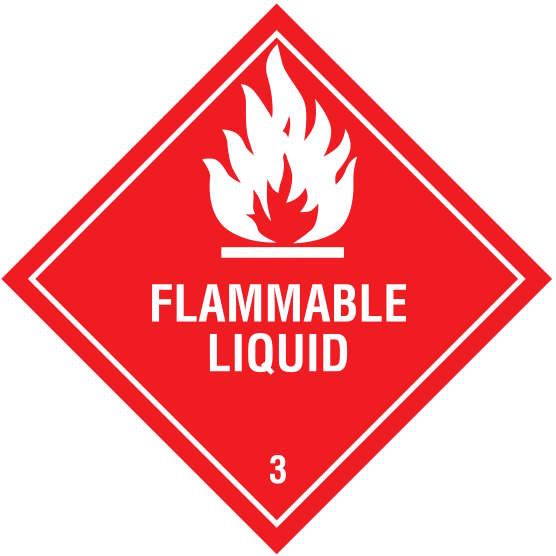
When it comes to transporting flammable liquids, knowledge and attention to detail are your greatest allies. As a professional driver carrying Class 3 dangerous goods, you’re handling substances where the primary hazard comes not from the liquid itself but from its vapours. Understanding this fundamental principle is key to safe transport.
Pre-Journey Preparations
Before setting out with any Class 3 load, thoroughly check your documentation. You’ll need your ADR training certificate, transport document with the UN number and proper shipping name, and written emergency instructions. Remember that most Class 3 substances have a flashpoint below 60°C—this is the temperature at which they give off sufficient vapour to ignite in the presence of an ignition source.
Think of vapours from flammable liquids like an invisible cloud that’s heavier than air. These vapours will sink to the lowest point and can spread considerable distances from their source. This is why proper containment and ventilation are essential, particularly during loading and unloading operations.
Vehicle and Load Security
Your vehicle must display the correct orange plates and Class 3 placards. For most flammable liquids, you’ll need appropriate fire extinguishers—typically one 2 kg dry powder extinguisher in the cab plus additional extinguishers depending on your vehicle’s maximum mass. Ensure all equipment is easily accessible and in good working order.
Packaging and load security deserve special attention. Check that all containers are UN-approved and properly sealed. Even a small leak can create a significant hazard zone of flammable vapour. Secure your load to prevent movement—remember that liquid loads are dynamic and can shift during transport, affecting vehicle stability.
Temperature Management and Ventilation
Many drivers underestimate the importance of temperature control when transporting flammable liquids. On hot days, the temperature in a closed vehicle can rise significantly, potentially increasing vapour pressure in containers. Where possible, park in shaded areas and ensure adequate ventilation. Some flammable liquids may require specific temperature control measures—always check the transport document requirements.
Emergency Response
If an incident occurs, your first priority is always personal safety and preventing ignition sources. Remember that flammable liquid fires should never be tackled with water; this can spread the fire and make the situation worse. Your vehicle’s dry powder extinguishers are specifically chosen for their effectiveness on Class 3 fires.
Keep in mind the ‘vapour zone’ concept—in the event of a spill, the area of risk extends well beyond the visible liquid. An upwind position is your safest option, and always let emergency services know exactly what substance you’re carrying by providing them with the transport document information.
Regular Training and Updates
Regulations and best practices evolve regularly. While your ADR certificate is valid for five years, stay current with industry developments and consider refresher training more frequently. Many experienced drivers find that regular practical exercises, especially in emergency response procedures, help maintain readiness for real-world situations.
By following these best practices and maintaining a safety-first mindset, you can significantly reduce the risks associated with transporting Class 3 flammable liquids. Remember, your role as a professional driver carries significant responsibility—the safety of both yourself and others on the road depends on your knowledge and adherence to proper procedures.
